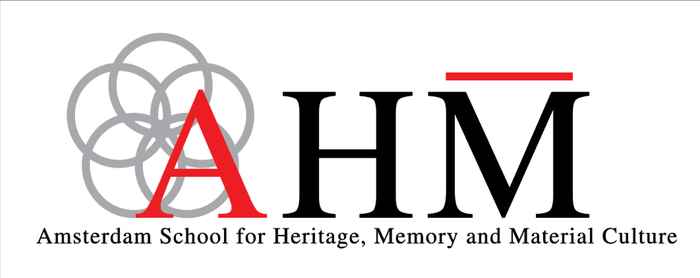PhD Defense: Marta Garcia Celma
- Date
- 15 October 2025
- Time
- 10:00
- Location
- Agnietenkapel

Since its invention, photography has been unique and reproducible. Nonetheless, traditional conservation practices stressed original materials over reproduction. As a result, museum conservators who work with contemporary fine art photography face a special challenge: if no interventive treatment could restore a photograph to its original appearance and the artwork no longer represents its artistic intentions, how should conservators balance the potential for photograph reproduction, professional ethics, expectations of various stakeholders, the art market, and the obsolescence and availability of processes or materials?
Two fine art photographs from the Düsseldorf School of Photography are used to study this conundrum: Thomas Struth’s Paradise 09, Xi Shuang Banna, Yunnan Province, China, at Kunstsammlung Nordrhein-Westfalen, Düsseldorf, reproduced in 2006, and Thomas Ruff’s Portrait Pia Stadtbäumer at the Museum für Moderne Kunst, Frankfurt, reproduced in 2010.
Drawing on the concepts of affordances and authenticity, Freeman's stakeholder management theory, Ulrich's critical system heuristics, Latour's actor-network theory, and current debates in the conservation field, this study introduces a questionnaire and matrix for the identification and categorisation of human and non-human stakeholders based on their involvement within the particular work of art. Through interviews with artists, curators, and conservators, this research also studies decision-making and introduces a categorisation of values to assess the expressive authenticity of a work of art in the museum context and the benefits or drawbacks of reproductions. The results identify a possible avenue for advancing conservation decision-making for fine art photography by better acknowledging stakeholders, their subjectivity, and their influence on case studies.
You can find UvA dissertations in the UvA-DARE database.
